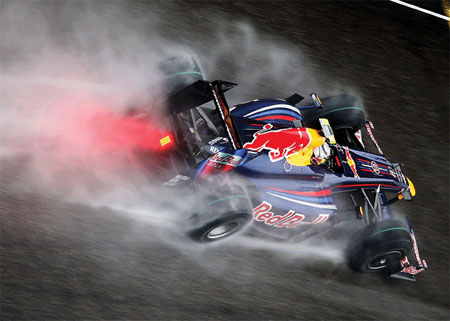Red Bull Technology's head of composite design Andrew MacFarlan moves onto the design and manufacture of some of the primary components
So what is special about Formula 1 design...
The composite gearbox
Not all F1 teams have a composite gearbox casing. Arrows F1 and Stewart GP (the team from which Jaguar Racing and then Red Bull Racing evolved) were the first teams to attempt it in 1998... with varying success. The Stewart Ford SF2 fitted with its carbon gearbox was the first such car to score championship points, coming fifth in the Spanish Grand Prix of that year. But, contrasting this, the SF2 also retired from 20 of its 32 race starts that season (in a two-car team) – the majority of these failures being transmission related!
Even using a metal casting/fabrication the gearbox is a demanding item in terms of the working environment and engineering requirements. In the early days of using composites there were numerous issues with securing the various internal bearing bulkheads – and often just keeping the oil inside was an achievement. These issues have been largely overcome with inevitable design development plus some novel composite manufacturing techniques. Currently the majority of F1 teams run composite gearboxes.
A team might decide to design and manufacture a composite gearbox casing to save weight towards the rear of the car but in recent years, with regulations requiring teams to run essentially sealed gearboxes for a minimum of four races, a composite gearbox casing can offer enhanced...
To read on simply join us TODAY!!!!!
Please take advantage of our latest subscription offer or order a single copy of the March 2011 issue of Seahorse International Sailing
Online at:
www.seahorse.co.uk/shop/index.php
Below: Challenging and extremely unpleasant for the drivers, wet weather can occasionally provide those watching with a very vivid demonstration of Formula 1 aerodynamics



